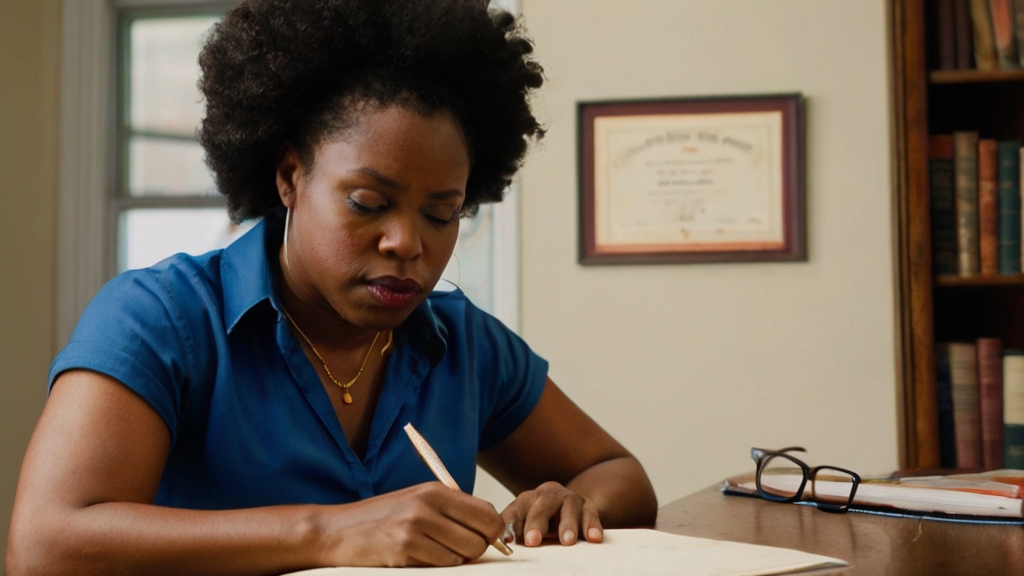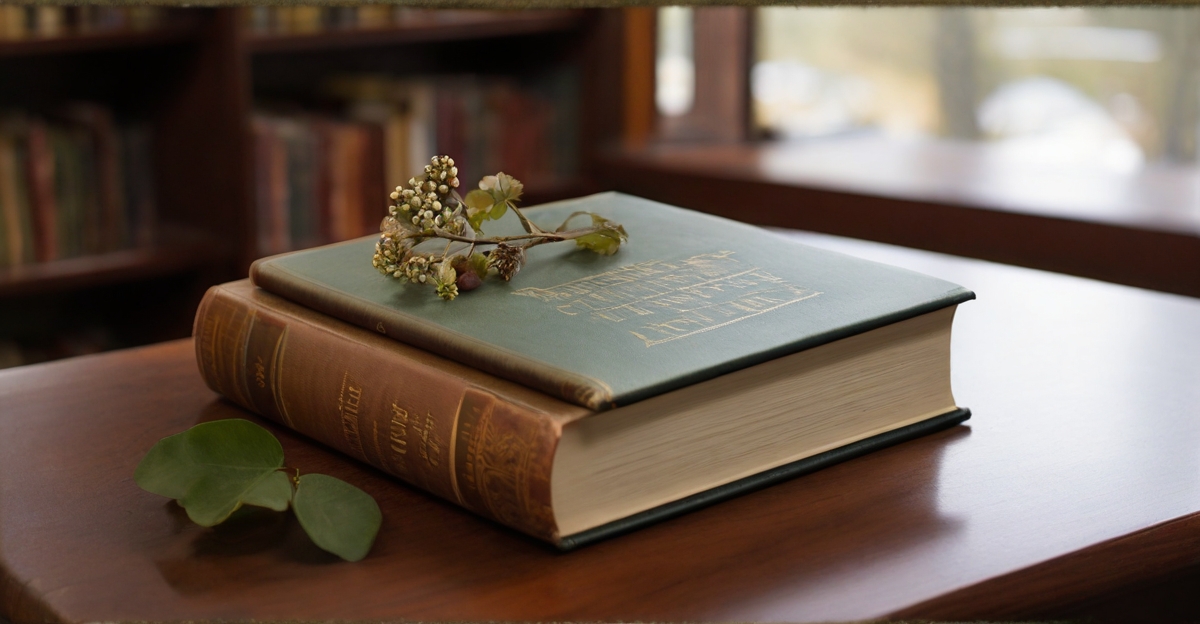What Is The Definition Of Imagery In Poetry?
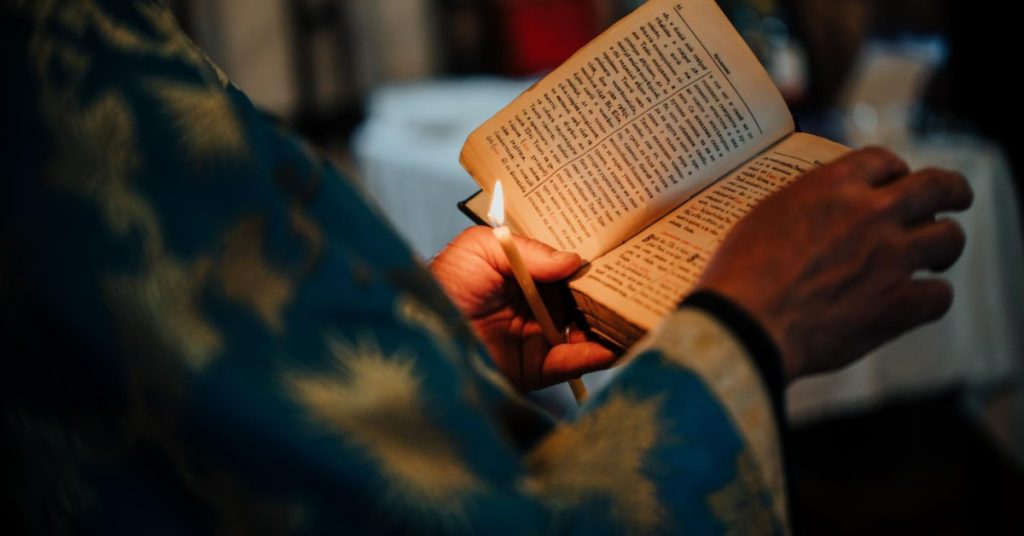
Have you ever wondered how poems can make you feel like you’re right there in the moment?
Imagery in poetry is the secret ingredient that helps paint mental pictures for readers.
This guide will unravel what imagery means and show you how to spot it, making your poetry reading adventure even more exciting.
Dive in and discover a world where words come to life!
Key Takeaways
- Imagery in poetry refers to the use of vivid sensory language, such as visual, auditory, olfactory, gustatory, and tactile details, to create a rich and immersive experience for the reader.
- Poets use imagery to make their writing come alive by appealing to the senses of sight, sound, taste, touch, and smell. This allows readers to connect deeply with the emotions and themes within poetic works.
- Paying attention to sensory details adds depth and richness to a poem by engaging the reader’s imagination through descriptions that create vivid mental images and evoke emotional responses. This makes poetry more relatable and immersive for readers.
Table of Contents
Definition of Imagery in Poetry
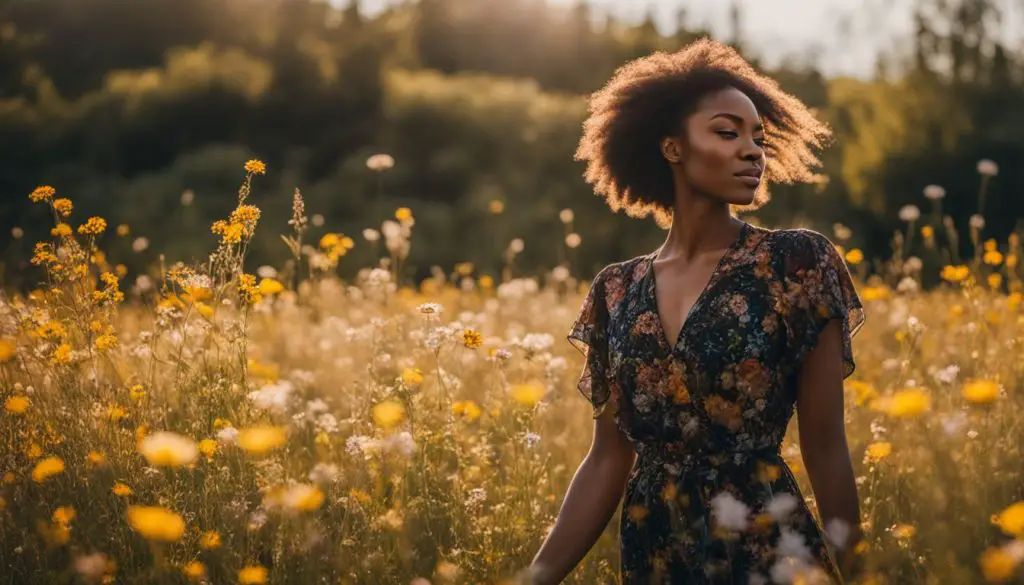
Imagery in poetry refers to the use of vivid sensory language, such as visual, auditory, olfactory, gustatory, and tactile details, to create a rich and immersive experience for the reader.
Importance of imagery in poetry
Imagery makes poems come alive. It uses words to create pictures in your mind. This way, you can see, hear, smell, taste, and touch things through the poem.
Good imagery will let you feel what the writer feels. Using vivid sensory language is vital in poetry. It helps a reader dive into the world of the poem.
Descriptive language paints a picture that appeals to our senses. It makes reading more fun because we experience what’s happening as if we were there, too!
Examples of vivid sensory language in poetic works
Poets use vivid sensory language to create a picture in your mind. They pick words that help them see colors, shapes, or places.
For example, Robert Frost talks about yellow woods and morning frost in his poems.
You can almost feel the chilly air and see the leaves. Some poets also use sounds to make their writing come alive.
Edgar Allan Poe’s poem “The Bells” rings with words that mimic the clanging of bells. Your ears tingle as if you’re hearing them.
This kind of language helps you experience what the characters do without being there yourself.
The Different Types of Imagery
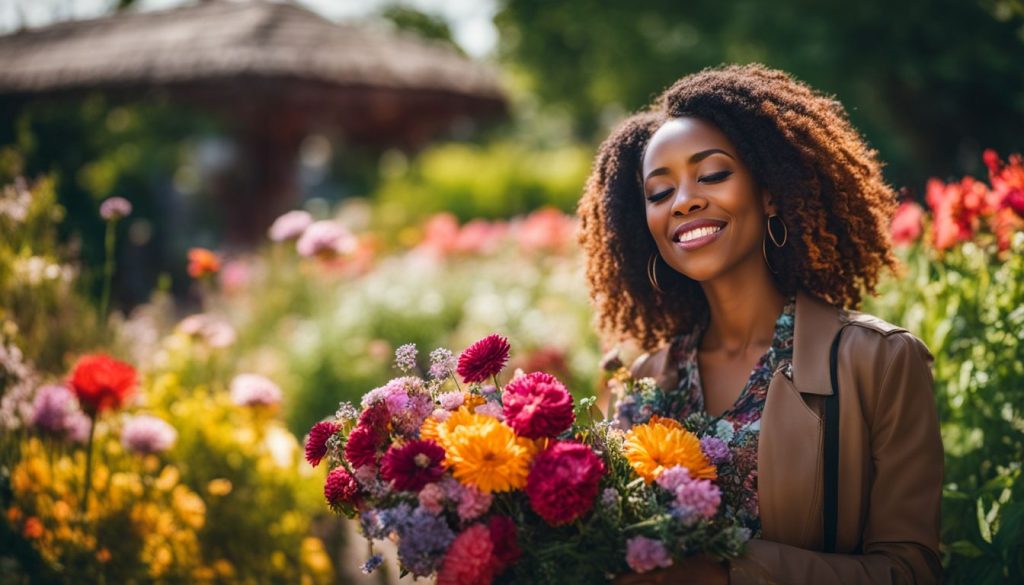
Understanding visual, auditory, olfactory, gustatory, and tactile imagery is essential to appreciate the use of sensory language in poetry fully.
Understanding visual, auditory, olfactory, gustatory, and tactile imagery
Imagery in poems paints pictures in our minds.
- Visual imagery creates a snapshot with words, like describing a bright blue sky or dark forest, to help you “see” the scene.
- Auditory imagery fills your ears with sounds, whether it’s the crash of thunder or the whispers of leaves rustling.
- Olfactory imagery deals with scents and smells; think of how a poet might write about the smell of rain on pavement or freshly baked bread to make you feel like you’re there, sniffing away.
- Taste comes alive through gustatory imagery when poets describe flavors so well you can almost taste them, like salty ocean water or sweet honey.
- Tactile imagery is all about touch – describing textures such as rough tree bark or smooth silk that seem real enough to reach out and feel.
These five types bring experiences from the world right into poetry. Now, let’s explore how we analyze and appreciate these sensory details in poems!
Analyzing and Appreciating Imagery in Poetry
Pay attention to the sensory details and identify figurative language in poetic works. Make connections to emotions and themes to appreciate the use of imagery in poetry fully.
Read on to explore more about analyzing and appreciating imagery in poetry!
Paying attention to sensory details
Paying attention to sensory details adds depth and richness to a poem.
- Sensory details engage the reader’s imagination by appealing to their five senses: sight, sound, taste, touch, and smell.
- These details create vivid mental images and evoke emotional responses in the reader.
- By describing sensory experiences, poets can transport readers into the world of the poem.
- Visual imagery allows readers to see things through the poet’s words, while olfactory imagery brings scents to life in the reader’s mind.
- Sensory details make poetry more relatable and immersive for readers.
Identifying figurative language
Figurative language in poetry helps create vivid mental images for readers. It uses words in imaginative ways to express ideas beyond their literal meanings.
- Metaphor: Compares two, unlike things by stating one thing is another.
- Simile: Compares two unlike things using “like” or “as.”
- Personification: Gives human qualities to non-human objects or abstract concepts.
- Onomatopoeia: Words that imitate the sound they represent.
- Imagery and figurative language evoke sensory experiences and emotions in poetry.
Making connections to emotions and themes
Imagery in poetry is not just about creating pictures; it’s about stirring emotions and relating to themes. Connecting with the various types of imagery used, such as visual, auditory, olfactory, and tactile, allows readers to feel the emotional impact within the poem.
Through vivid sensory experiences evoked by imagery, readers can connect deeply with the theme and understand the sensations portrayed within the text. When poets use imagery effectively, they intensify the emotional effect on readers and make them experience a story more deeply.
Understanding and appreciating imagery in poetry means recognizing how different types of imagery contribute to an overall theme. It’s not just about what we see or hear but also how these sensory details enhance our understanding of emotions within a poem.
Concluding Thoughts on What Is The Definition Of Imagery In Poetry?
In conclusion, understanding imagery in poetry is key to appreciating the vivid sensory language used by poets.
By analyzing different types of imagery and paying attention to sensory details, readers can better connect with the emotions and themes within poetic works.
The use of imagery not only creates a more immersive reading experience but also allows for a deeper interpretation of the poet’s intentions.
Ultimately, recognizing and appreciating imagery in poetry enhances one’s enjoyment and understanding of these literary works.
FAQs on What Is The Definition Of Imagery In Poetry
1. What does imagery mean in poetry?
Imagery in poetry means using words to create pictures in the reader’s mind. It helps people see, feel, hear, taste, or smell what’s going on.
2. Can you tell me the types of imagery used in poems?
Sure! There are 5 types: visual (sight), auditory (sound), tactile (touch), olfactory (smell), and gustatory (taste). Sometimes organic imagery is used to describe internal feelings, and kinesthetic imagery for movement.
3. Why do poets use imagery?
Poets use imagery to paint a picture with words so readers can experience the poem fully. It makes reading more interesting and emotional by appealing to our senses.
4. How is metaphor different from imagery in poetry?
A metaphor says something is something else to make a comparison without “like” or “as.” At the same time, imagery uses all senses to create a strong image or feeling about what’s being described.
5. Are there famous poems that show good examples of imagery?
Yes! Many poems by Sylvia Plath and Ezra Pound have great examples where they use vivid language to bring images alive.
6. Do writers only use one type of sensory image in their writing?
Nope! Writers often mix different types like smells with sounds or sights with touches to give us a full sense of the character’s world.
Source URLs:
- https://www.masterclass.com/articles/poetry-101-what-is-imagery-learn-about-the-7-types-of-imagery-in-poetry-with-examples
- https://www.masterclass.com/articles/sensory-imagery-in-creative-writing
- https://liberalarts.oregonstate.edu/wlf/what-imagery-definition-examples
- https://www.studiobinder.com/blog/what-is-imagery-definition-examples/
- https://blog.daisie.com/understanding-imagery-a-comprehensive-guide/
